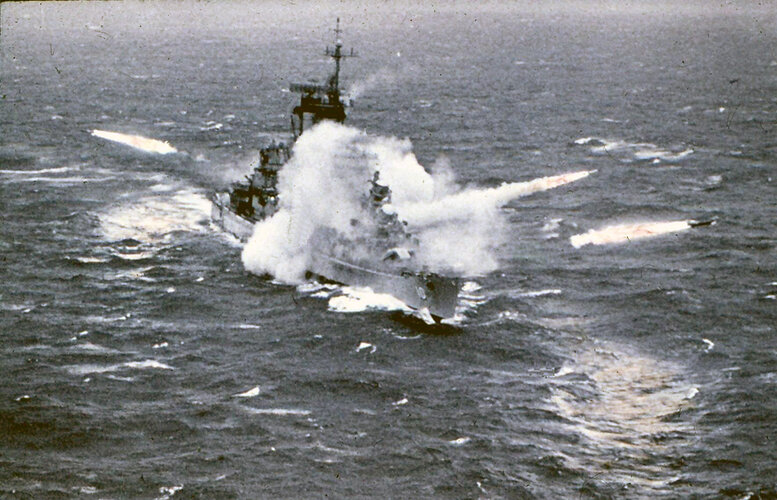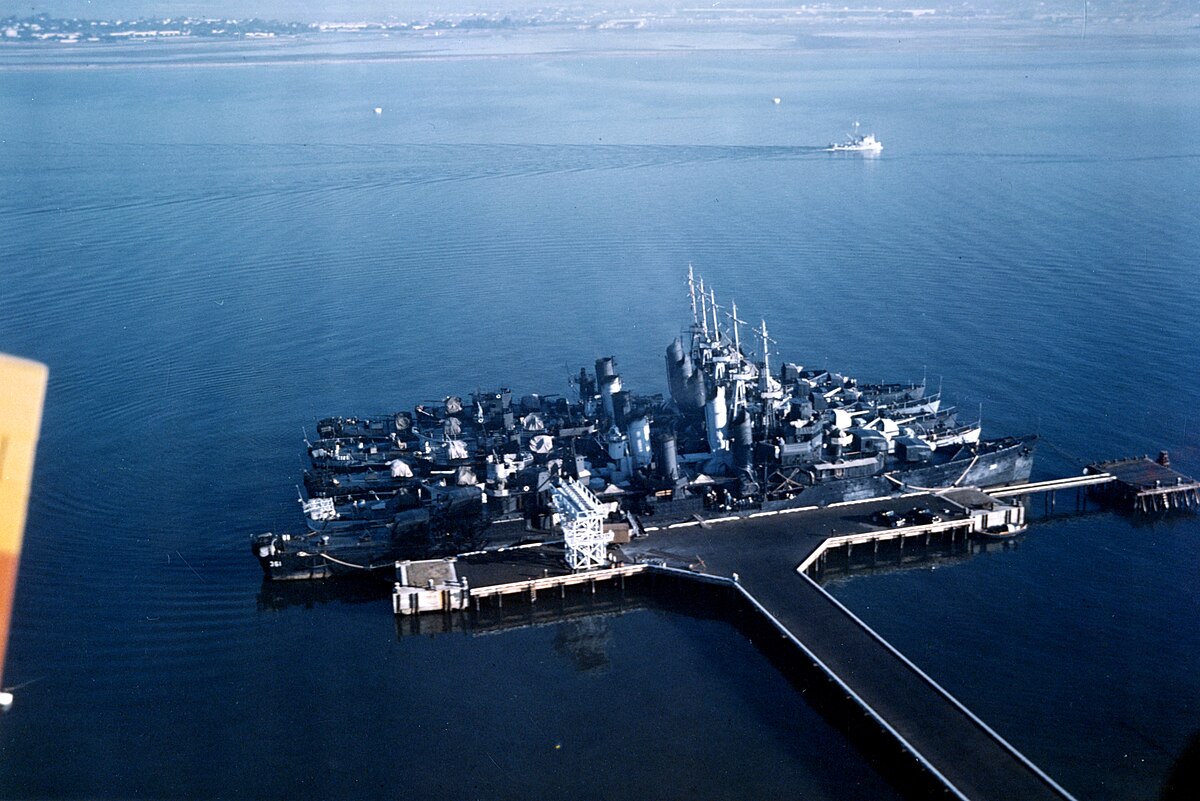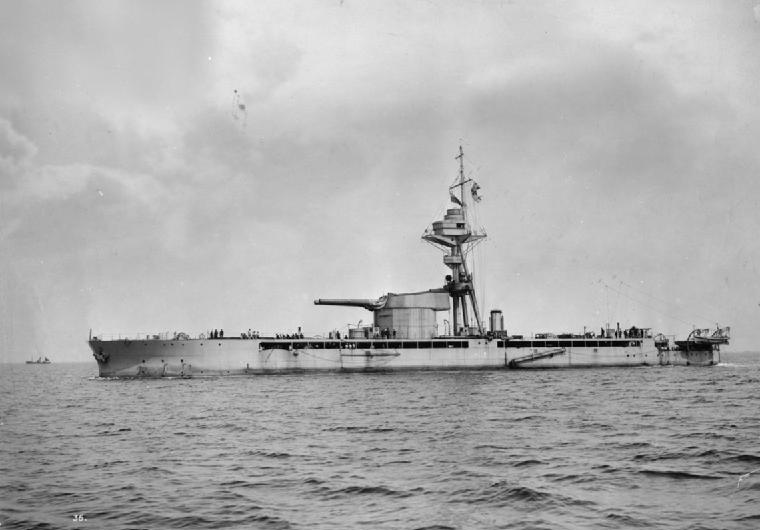The only time, the term "cruiser" actually had a written down definition, may have been, when the Washington/London
treaties were in effect. Before that time, the only definition was via the tasks, a ship had to fulfill, I think. Quite a lot
of former "battleships" were modified/re-classified to "cruisers", when their best time was up (e.g. German
armoured frigates König Wilhelm, Kaiser, but HMS Warrior, too), old cruisers sometimes were relegated as "gunboats".
Up to the mentioned treaties, neither size, nor armament was a criterion, not only the WWII German destroyers of the Z23 onwards, but probably even the "Große Torpedoboote" (=destroyer), S 113 up to B 124 built during the end of
WWI would have to be counted as "cruisers" then, especially, as several sources mention, that they were designed, to
to fulfill cruiser tasks for the fleet, too, as there were too few "real" cruisers.
After WWII, cruisers generally were either left-overs from the war, or at least still based on wartime designs, or,
the newer ones, they were cruisers, when the country owning them, thought it to be useful to desginate them as
cruisers. In the case of the USN Leahy the term "cruiser" obviously wasn't wanted for quite a while, as those ships
were called "Large Frigates", whereas the Soviet Kynda class "cruisers", weren't that much bigger, than the Krupny
class destroyers. I may be wrong, but selling a "frigate" ( known as a relatively small ship) a to a congress man, may
be easier, than a "cruiser" ? And a class of ships, that is the spearhead of a fleet, has at least to be cruisers ?
The USN Ticonderogas were based on the Spruances, here at best the importance of those ships could have justified
the new classification... The Kirov, a type, that with regards to it's arsenal and its task, could have been called a "battleship", but as the the terms "battleship" and "battlecruiser" were mixed up in the media long before anyway,
it was called "battlecruiser" in the west, while for Russia, it's just a "big CGN", AFAIK. But maybe "battlecruiser"
seemed to open a better way for re-commisioning the USN New Jersey battleship (real battleships ...) ?
A similar kind of politics maybe the reason for the classification of the the Zumwalts, and maybe the Type 55, too.
Actually the same seems to be the mishmash of "frigates" and "destroyers". The first designation reminds everybody
to those brave ships and their men, who defended the free world against the Nazi U-Boats, whereas even the name of
the other class probably has bad connotations in nearly every parliament ...
So, principally the kind of armament, protection and the task of the ship, could or maybe still can define a "cruiser"
quite well, but what it is actually called is just a question of political thinking today.



